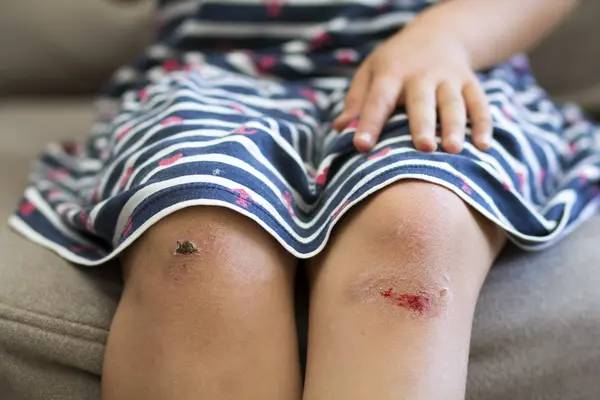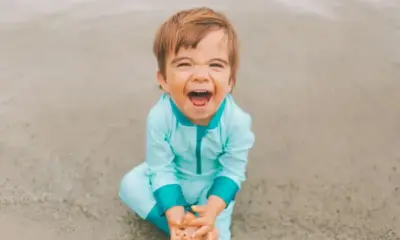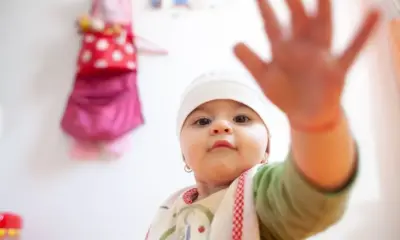Health & Wellness
Survey Reveals Top Items That Most Often Injure Young Kids

Children are naturally curious, exploring their surroundings and learning through play. However, their inquisitive nature can sometimes lead to injuries. A 2020 survey analyzed the products most likely to cause harm to kids aged 0 to 6, based on data from the Consumer Product Safety Commission’s National Electronic Injury Surveillance System (NEISS) and a survey of 1,001 parents.
Top Injury-Causing Products for Young Children
The survey identified several categories of products that were commonly associated with injuries among young kids:
- Furniture: Including beds, bed frames, tables, chairs, sofas, cabinets, racks, and room dividers.
- Baby Gear: Items like highchairs, car seats, cribs, and strollers.
- Toys and Play Equipment: This includes toys, scooters, trampolines, and playground equipment.
- Everyday Items: Cups, glasses, mugs, jewelry, coins, tablets or capsules, bicycles, and accessories.
- Bathtubs and Showers: Commonly linked to injury risks for young children.
Parents’ Approach to Product Safety
The survey revealed that a majority of parents (75%) read safety labels and warnings on products for their children. Parents prioritized the following risk factors when shopping for their kids:
- Sharp Edges: 56%
- Possible Poisoning: 47%
- Potential to Break: 45%
- Choking Hazards: 45%
- Drowning Risk: 40%
Acknowledging the Risk of Injury
Despite their best efforts to ensure safety, some parents felt that injuries were an inevitable part of a child’s growth. In fact, 67% of respondents acknowledged that while safety is essential, injuries are a part of the learning process. Additionally, 55% believed that some level of risk could teach children important life lessons.
Minimizing Injury Risks
While no parent wants their child to get hurt, reducing the chance of injury is possible. Always read product and safety labels, and consult the manual or an expert when installing baby gear or furniture. If your child is about to start crawling or walking, ensure your home is baby-proofed to keep them safe.












